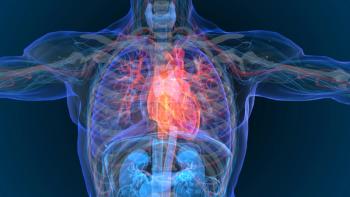
Fine-tuning Enzyme Could Help Manage Diabetes, Obesity, Cancer
Experiments with baker's yeast showed why a fat-regulating enzyme is needed in the body.
Sixty years ago, researchers found a crucial enzyme for fat regulation in the body, and in 2006 work at Rutgers University pinpointed the gene that encodes this enzyme.
Since then, the question has been: how much of this enzyme, called phosphatidic acid phosphatase or PAP, is a good thing? If the enzyme controls whether body acids create fat, does getting less of it help, or does it do harm?
It turns out that some level of the enzyme is needed, and scientists from Rutgers’ Department of Food Science, in the School of Environmental and Biological Sciences, explain why in a paper recently published in the Journal of Biological Chemistry.
“The goal of our lab is to understand how we can tweak and control this enzyme,” George M. Carman, PhD, professor of Food Science and founding director of the Rutgers Center for Lipid Research, said
Lead author Gil-Soo Han, PhD, the research assistant professor who discovered the PAP gene back in 2006, used baker’s yeast as a sample organism because it also contains the enzyme. He deleted the gene, which caused phosphatidic acid to pile up, because its regulator was missing. The PAP normally determined whether the acid made fat or made lipids in cell membranes; with the enzyme, those cells could grow unimpeded—which is what happens in cancer. In the experiments, the cells made far more lipid membranes than normal or necessary.
PAP has been extensively studied because of its links to obesity, diabetes, lipodystrophy, and inflammation, which is tied to the “fight or flight” response and is now being implicated in a host of chronic and autoimmune diseases. Understanding the structure of PAP is the first step, Carman said; controlling it is the next.
“The key take-home message is that things have to be balanced,” he said. “To keep the balance between making storage fat and membrane lipid, you have to have balanced diet.”
Reference
Han GS, Carman G. Yeast PAH1-encoded phosphatidate phosphatase controls the expression of CHO1-encoded phosphatidylserine synthase for membrane phospholipid synthesis. J Biol Chem. 2017; 292: 13230-13242.
Newsletter
Stay ahead of policy, cost, and value—subscribe to AJMC for expert insights at the intersection of clinical care and health economics.













































